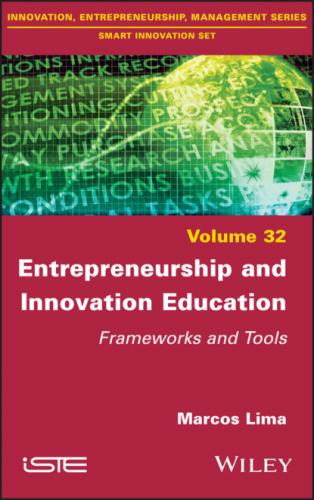Wright et al. (2007) show that whereas in the USA we have 140 adults per 10,000 in nascent ventures with an expectation of having more than 19 employees in the next five years, this number is much lower for European countries: 70 in the UK, 49 in Sweden, 46 in Germany, 38 in France and 16 in Belgium. This is not just a matter of creating startups, but also scaling them up. Table I.2 shows the number of large firms founded since 1990 in the USA, China and Europe, depicting the vast superiority of the Americans in this domain.
Table I.2. Entrepreneurship and value creation in different countries (adapted from Henrekson and Sanandaji 2018)
| Billionaire entrepreneurs per million | Number of startups valued at 1B+ (unicorns) | Large firms founded since 1990 | |
|---|---|---|---|
| USA | 1.37 | 115 | 60 |
| China | 0.17 | 47 | 22 |
| East Asia | 0.55 | 8 | 19 |
| Eastern Europe | 0.13 | 1 | 2 |
| Western Europe | 0.47 | 22 | 18 |
| Germany | 0.52 | 5 | 3 |
| UK | 0.72 | 10 | 5 |
| France | 0.39 | 2 | 1 |
| Italy | 0.38 | 0 | 1 |
| Spain | 0.26 | 0 | 1 |
| Nordic | 0.62 | 2 | 0 |
| Switzerland | 1.75 | 1 | 2 |
| Canada | 1.06 | 2 | 3 |
| Israel | 1.75 | 2 | 1 |
This book is thus a humble attempt to contribute to narrowing this gap by sharing with teachers and students of E&I in Europe up-to-date tools and methods more widely used by the most dynamic startup clusters in the USA, by applying teaching and learning approaches based on constructivist principles.
I.2. A note about entrepreneurship versus innovation education
Our text treats entrepreneurship and innovation interchangeably, even though we are aware of the obvious differences between creating a new venture (which does not necessarily involve innovation) and improving the value creation process (which does not necessarily involve entrepreneurship). This conscious choice was made for the sake of enlarging the audience of the book, as several of the entrepreneurship tools used for creating new ventures can be adapted to innovation projects of “intrapreneurship”. Conversely, every entrepreneur who wishes to grow their business must become familiar with innovation tools.
I.3. Who is this book for?
This guide targets entrepreneurship and innovation teachers looking for proven tools to facilitate the process of new venture creation according to the pedagogical principles of Collaborative Interactivity, enriched with digital support systems and project-based learning. At the end of each chapter, professors will find a summary of teaching and learning strategies adapted to each stage of the entrepreneurship and innovation (E&I) process, with examples of best practices extracted either from my own experience or that of other E&I teachers.
The book was also conceived for students of E&I courses interested in hands-on tools for developing new businesses. The text presents over 50 frameworks as it follows the stages of new venture creation: how to go from a vague idea to a clearer vision, how to transform the vision into a business plan and then how to transform this static plan into a testable, dynamic business model strategy. They will then learn how to apply Design Thinking principles to prototype their products and services and how to test and improve them before they start their businesses. We conclude by presenting the challenges of keeping the business innovative as it scales up.
Finally, this guide can also be used by “intrapreneurs”. This type of innovative entrepreneur consists, according to Schumpeter (1982), of managers who have the will and the power to perform the “entrepreneurial function” in companies or startups they do not own. Indeed, the tools and methods described here can be applied both to new venture creation and to mature business development. By better understanding the unmet needs of existing or new customers, intrapreneurs can use this guide to fulfill them with more innovative products, services and business models.
Maybe we should also alert readers to what this book is not. It is not a detailed manual on how to use the dozens of frameworks presented here. It is meant as a summary overview of the “forest” of tools available to teachers and students of entrepreneurship and innovation, not a guide on how to apply them in detail. The internet (as well as our own references at the end of the book) contains several resources to go deeper on each tool, depending on the reader’s interests and needs. Thus, the text was kept deliberately short to make the reader aware of the different approaches to developing visionary products and services, and how to learn and teach them, without getting lost in the details. Once the contours of the “forest” are well understood from this “helicopter perspective”, it is much easier to descend onto the “canopy” and explore specific “trees”.
Конец ознакомительного фрагмента.
Текст предоставлен ООО «ЛитРес».
Прочитайте эту книгу целиком, купив полную легальную версию на ЛитРес.
Безопасно оплатить книгу можно банковской картой Visa, MasterCard, Maestro, со счета мобильного телефона, с платежного терминала, в салоне МТС или Связной, через PayPal, WebMoney, Яндекс.Деньги,
